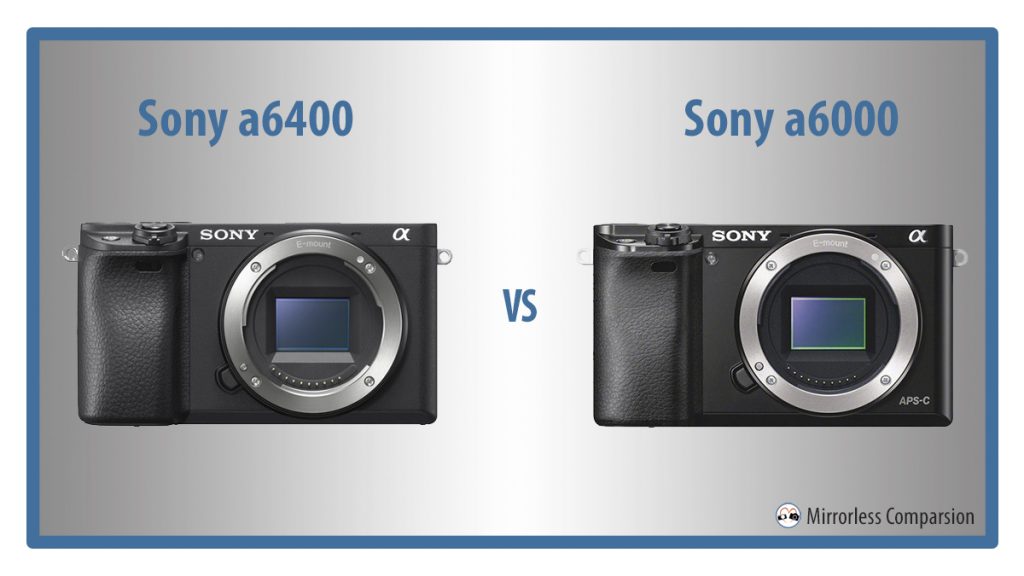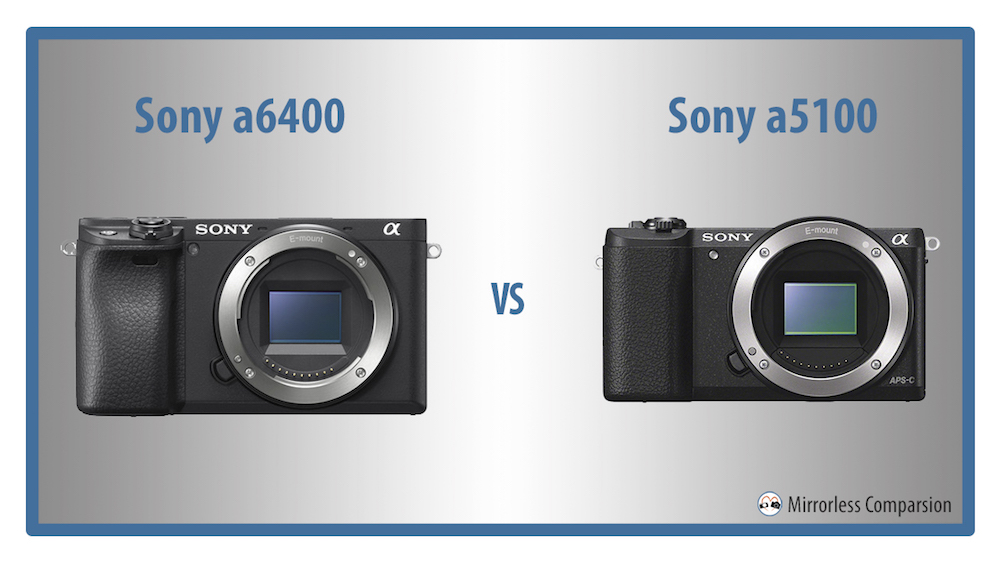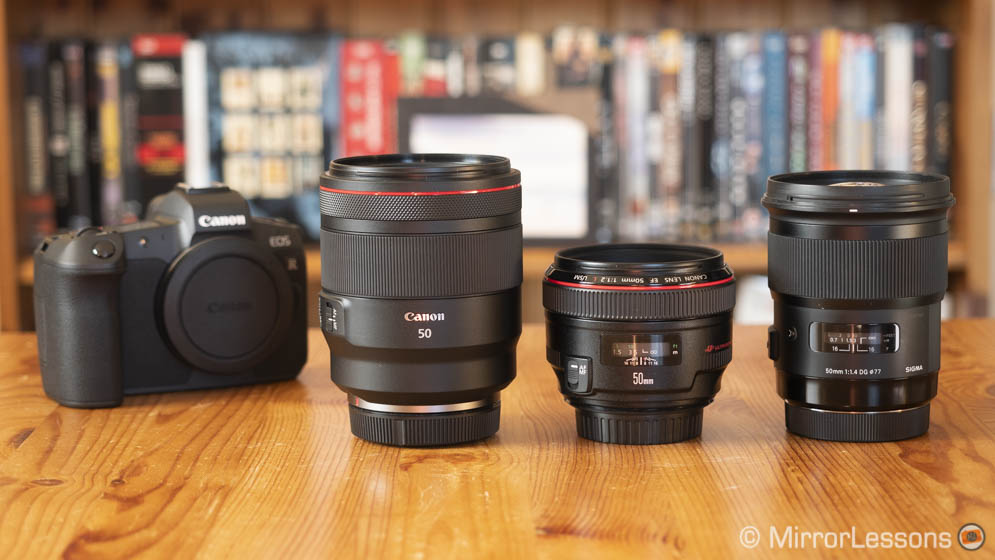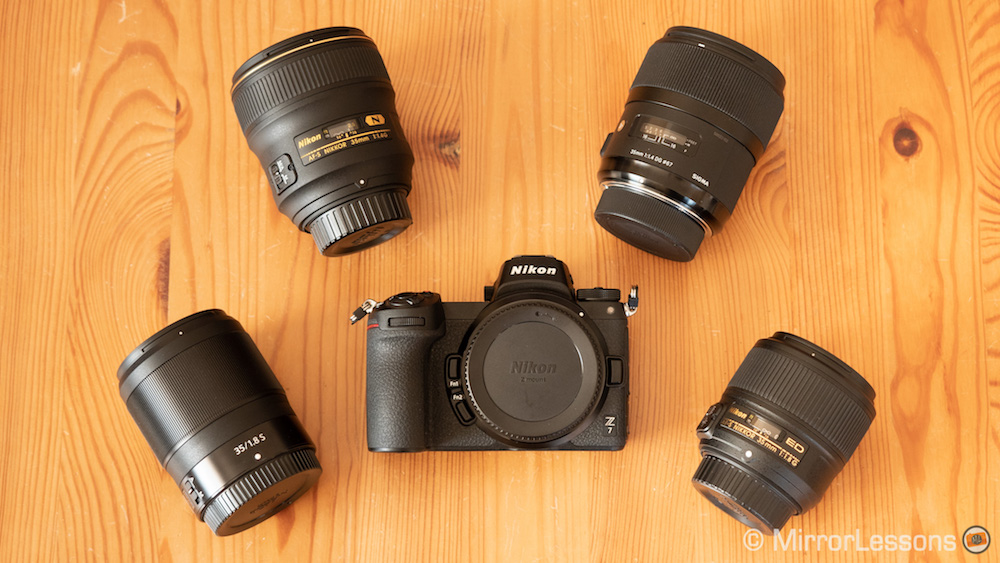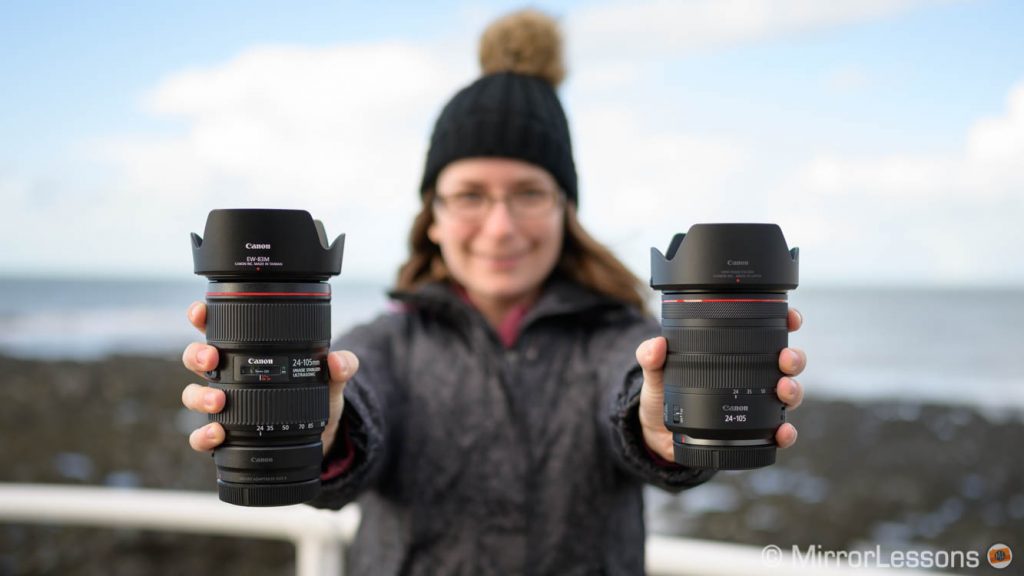It is fair to say that one of the most popular mirrorless cameras of all time is the Sony a6000. Despite being five years old, it continues to outsell many of the more recent models including its more advanced siblings, the a6300 and a6500, and shows no sign of losing steam.
Now that the mid-range a6400 has been announced, the burning question is whether it will manage to wrest the title of “most popular mirrorless” from the a6000. But in order to make any reasonable predictions about its success, we must first look at the ways in which it outclasses the older model. Let’s begin!

